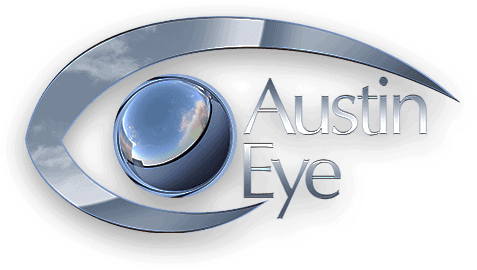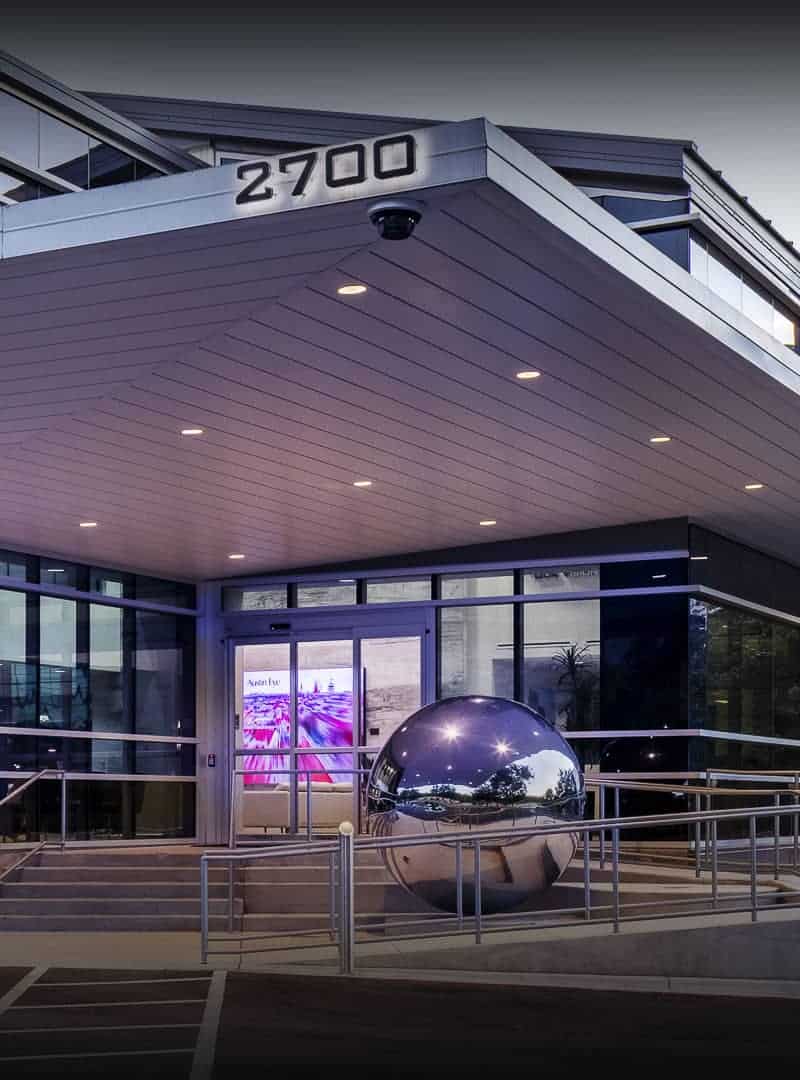 According to the National Eye Institute, more than 33,000 Americans undergo corneal transplant surgery each year, which involves replacing all or a portion of a damaged or diseased cornea with healthy corneal tissue. In this blog post, the trusted ophthalmologists at Austin Eye discuss when corneal transplant may be necessary.
According to the National Eye Institute, more than 33,000 Americans undergo corneal transplant surgery each year, which involves replacing all or a portion of a damaged or diseased cornea with healthy corneal tissue. In this blog post, the trusted ophthalmologists at Austin Eye discuss when corneal transplant may be necessary.
When Is Cornea Transplant Surgery Appropriate?
The cornea has two main functions: it protects the rest of the eye from dust, debris and bacteria, and it focuses light into the eye for clear vision. When the cornea becomes weakened or damaged, it can distort vision and even lead to blindness. There are many conditions that can affect the cornea including keratoconus, Fuchs’ dystrophy, scarring from infections, swelling and eye trauma as a result of an injury. Corneal transplant surgery becomes necessary when vision cannot be restored with eyeglasses or contact lenses, or if swelling or pain can no longer be relieved by medication.
About Cornea Transplant Surgery
There are two types of corneal transplant surgery. Penetrating (full thickness) cornea transplant involves removing all layers of the cornea while lamellar (partial thickness) cornea transplant only removes a part of the damaged cornea. Lamellar cornea transplant is less invasive than full thickness cornea transplantation, as it only targets some layers of the cornea. Because is it less invasive, lamellar cornea transplant involves less sutures and wounds, which as a result, leads to a shorter recovery time compared to full thickness cornea transplant. There are several types of lamellar cornea transplant, including Descemet’s Stripping Endothelial Keratoplasty (DSEK). DSEK involves replacing damaged cells from the innermost layer with healthy ones. This procedure is the most commonly performed partial thickness procedure used to treat corneal dysfunction caused by Fuchs’ dystrophy, bullous keratopathy and failed cornea transplant.
Learn More from Austin Eye
To learn more about cornea transplant surgery, including whether you are an appropriate candidate for the procedure, please schedule an appointment with Austin Eye. A trained ophthalmologist from our team will gladly meet with you to discuss your visual needs and concerns. Contact Austin Eye by calling our North office at (512) 250-2020 or our Central office at (512) 454-2020 today.







